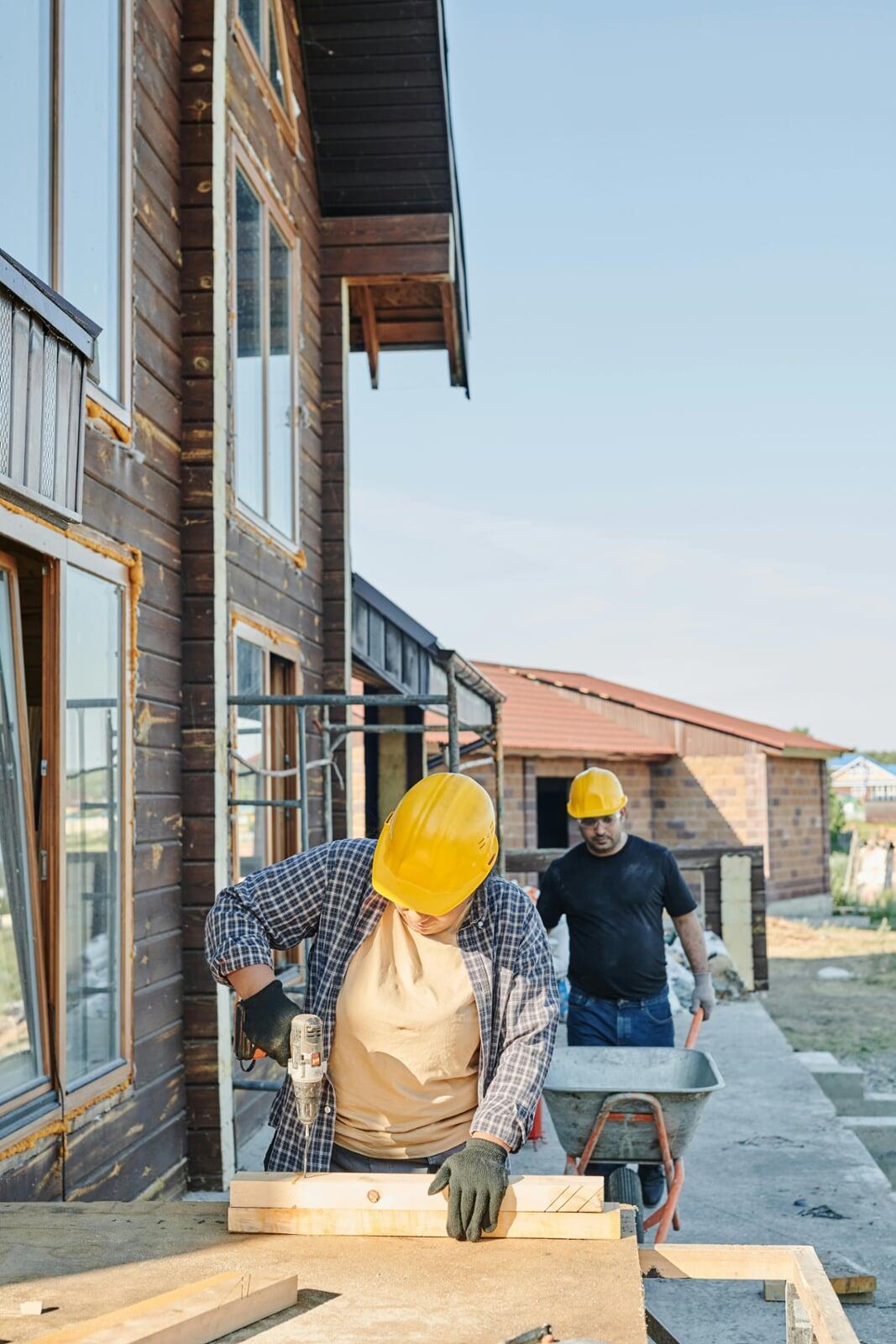Accessory Dwelling Units (ADUs) have exploded in popularity across California as cities strive to combat housing shortages. But before breaking ground on your new backyard home or granny flat, it's crucial to understand the key terminology and permitting process that governs ADU construction.
This guide breaks down everything you need to know—whether you're a homeowner, investor, or builder—on getting a permitted ADU in the Golden State.

📚 Key Terminology in California ADU Permitting
Understanding the language of ADU regulations can smooth your path to a successful build. Here are the most important terms:
1. Permitted ADU
2. Detached vs. Attached ADU
- Detached ADU: A standalone structure separate from the main house.
- Attached ADU: Shares at least one wall with the primary dwelling.
3. Junior ADU (JADU)
A smaller ADU (max 500 sq ft), typically created from existing space in the home (like a bedroom or garage), and often shares a bathroom with the main house.
4. Setback
The minimum distance that a structure must be from property lines. In California, setbacks for ADUs are generally 4 feet from rear and side property lines.
5. Zoning Compliance
Refers to adherence to municipal zoning codes, including land use and occupancy limits, to ensure the ADU is legal on your property.
6. Ministerial Approval
A streamlined approval process where the city must approve an ADU application if it meets all local and state standards—no public hearing required.
7. Building Permit
An official authorization issued by the local government allowing construction or remodeling work to begin.
✅ Benefits of Building a Permitted ADU in California
Building a permitted ADU comes with a range of benefits:
🏠 Increased Property Value
A permitted ADU can significantly boost the resale value of your home, often by 20–30%.
💵 Rental Income
Many homeowners rent out their ADUs to generate passive income. California's housing demand makes this a strong financial move.
👨👩👧 Multigenerational Living
ADUs allow families to stay together—ideal for aging parents, adult children, or live-in caregivers.
🌱 Sustainability
Smaller footprints, energy-efficient design, and infill housing reduce sprawl and environmental impact.
🛡 Legal Protection
Permitted ADUs protect you from fines, forced demolitions, or issues during resale or refinancing.
📝 Steps in the ADU Permitting Process in California
Research Local Regulations – Check your city’s specific ADU ordinances.
Pre-Design Planning – Work with an architect or ADU specialist.
Submit Permit Application – Include site plans, floor plans, and compliance documents.
Approval (Ministerial Review) – No discretionary review required if criteria are met.
Construction & Inspection – Build to code and pass all inspections.
Final Approval – Receive Certificate of Occupancy.

